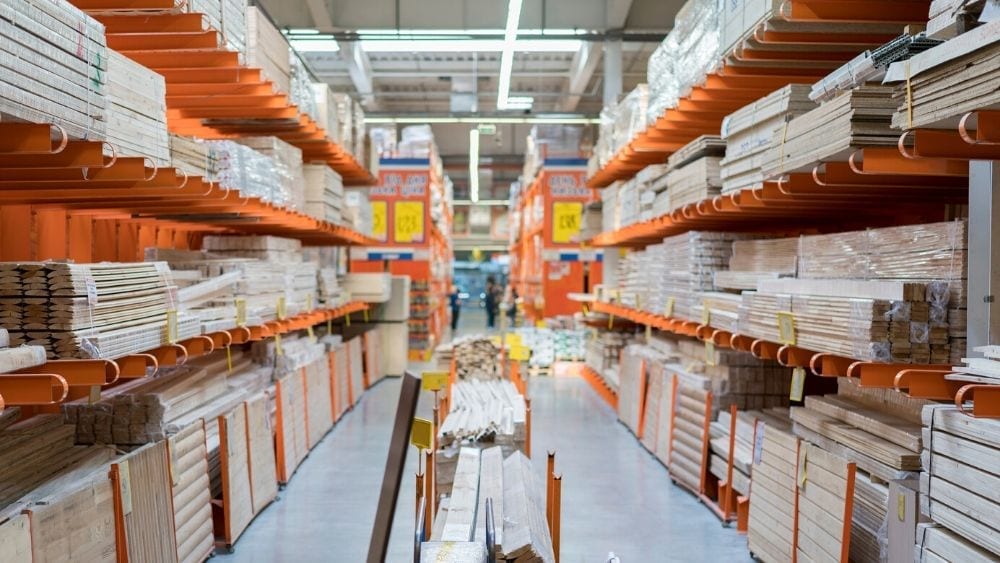Building materials are the foundation of any construction project, and choosing the right materials is crucial to ensure the safety, durability, and sustainability of the building. From ancient times to modern-day construction, the materials used in building have evolved significantly. In this article, we will explore the various materials used in building, their properties, and their applications.
- Natural Building Materials:
Natural building materials are derived from natural sources such as wood, stone, clay, and straw. These materials have been used for centuries and are still popular today due to their aesthetic appeal, durability, and sustainability. Wood is a popular choice for building frames, while stone is used for foundations and walls. Clay is used for bricks and tiles, and straw is used for insulation. - Synthetic Building Materials:
Synthetic building materials are man-made materials that are designed to mimic natural materials or provide superior properties. Examples of synthetic building materials include concrete, steel, glass, and plastic. Concrete is a versatile material that is used for foundations, walls, and floors. Steel is used for structural support, while glass is used for windows and facades. Plastic is used for insulation and roofing. - Sustainable Building Materials:
Sustainable building materials are materials that are environmentally friendly and have a low impact on the environment. Examples of sustainable building materials include bamboo, recycled materials, and green roofs. Bamboo is a fast-growing and renewable resource that can be used for flooring, walls, and furniture. Recycled materials such as reclaimed wood and recycled plastic are used for insulation and roofing. Green roofs are covered with vegetation and provide insulation, reduce stormwater runoff, and improve air quality. - Innovative Building Materials:
Innovative building materials are materials that are still in the experimental stage but show great promise for the future of construction. Examples of innovative building materials include self-healing concrete, transparent wood, and 3D-printed buildings. Self-healing concrete contains bacteria that can repair cracks, while transparent wood is stronger and more energy-efficient than traditional glass. 3D-printed buildings are constructed using a large-scale 3D printer and can be built faster and with less waste than traditional construction methods.
Conclusion:
Choosing the right building materials is essential for any construction project. Natural, synthetic, sustainable, and innovative building materials all have their advantages and disadvantages, and the choice of materials will depend on the specific requirements of the project. By understanding the properties and applications of different building materials, architects, engineers, and builders can make informed decisions that ensure the safety, durability, and sustainability of the building.


